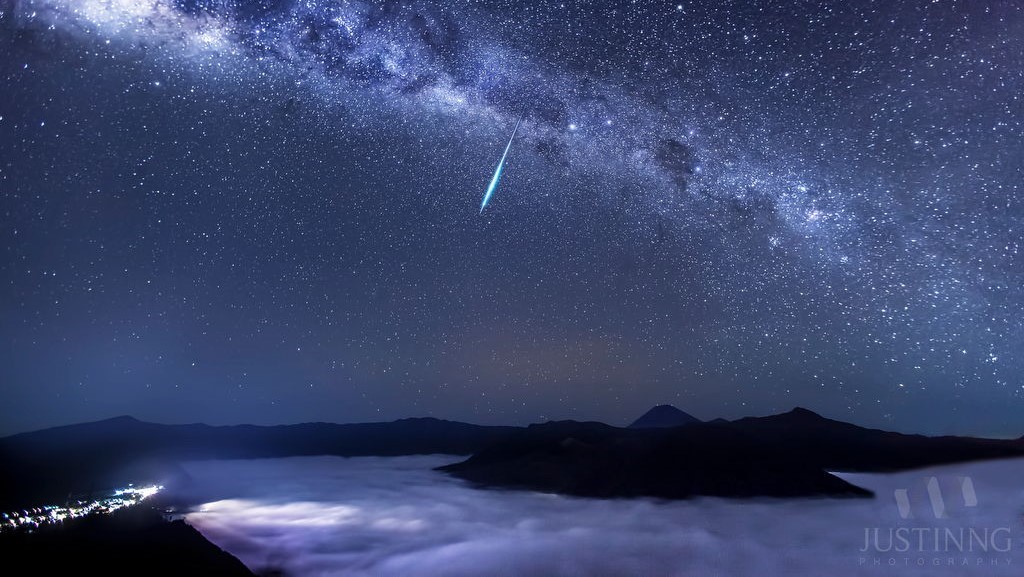





Source: Space
Disclaimer: Copyright infringement not intended.
Context
Details
About the meteor
Formation and Origin:
Halley's Comet
Scientific Exploration:
Comets
Structure:
Types of Comets:
Meteors
Characteristics:
Types of Meteors:
Notable Meteor Showers:
Asteroids
Characteristics:
Classification:
Notable Asteroids:
Sources:
|
PRACTICE QUESTION Q. Discuss the differences between meteors, comets, and asteroids, and explain their significance in the study of astronomy. How do these celestial bodies impact Earth and what measures can be taken to mitigate potential threats they pose? (250 words) |






© 2025 iasgyan. All right reserved